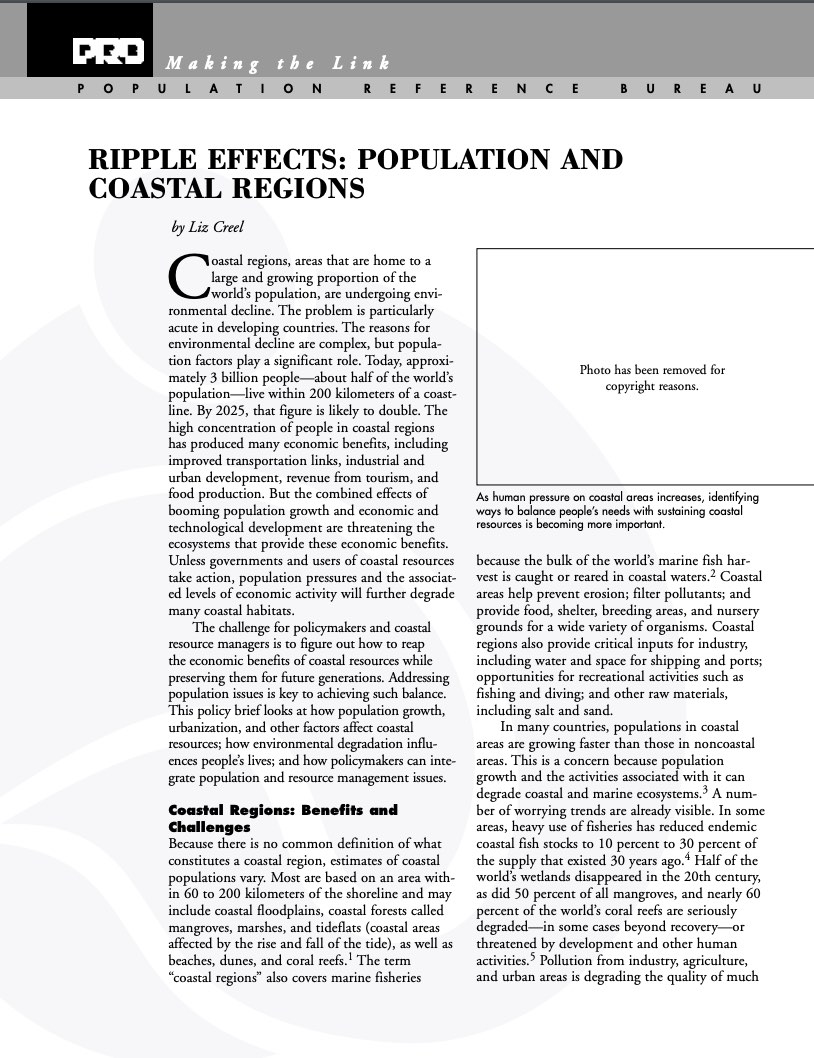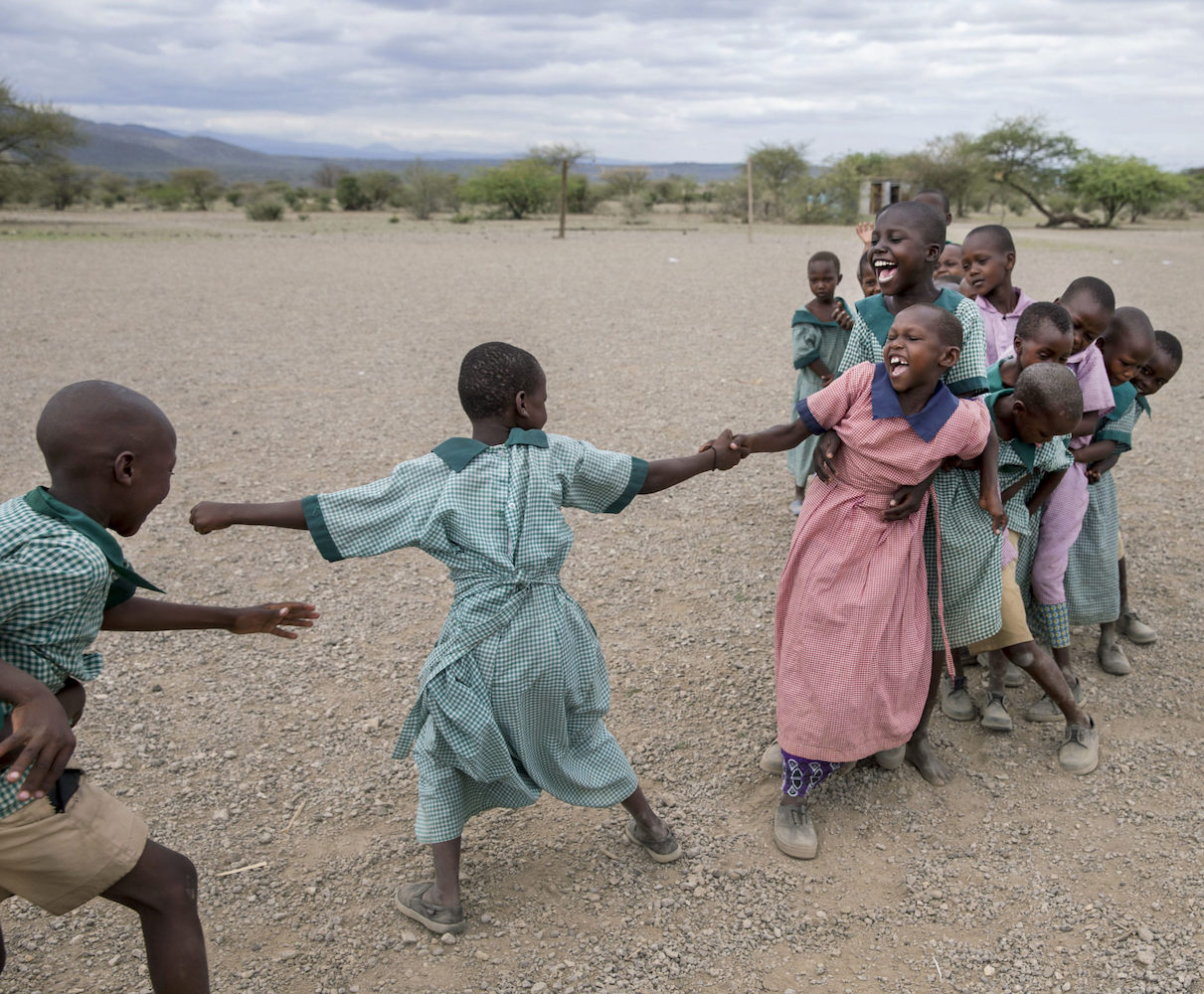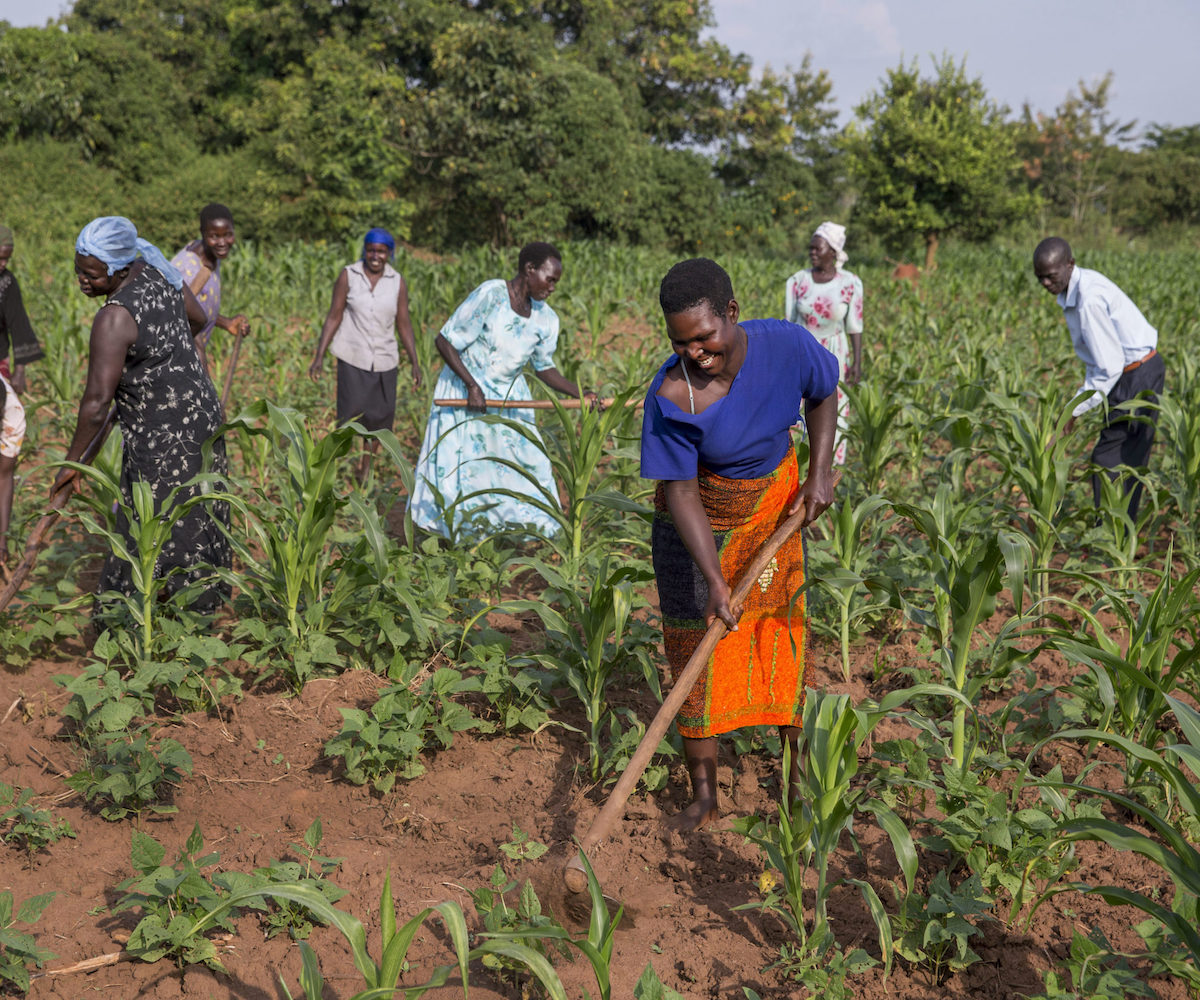Project: Center for Public Information on Population Research (CPIPR)
Webinar: Where Is the Workforce? Understanding the U.S. Labor Shortage and Working Toward Solutions
PRB, the Critical Labor Coalition, and special guest former U.S. Secretary of Labor R. Alexander Acosta discuss the latest data behind the shrinking U.S. workforce and explore potential policy solutions.






